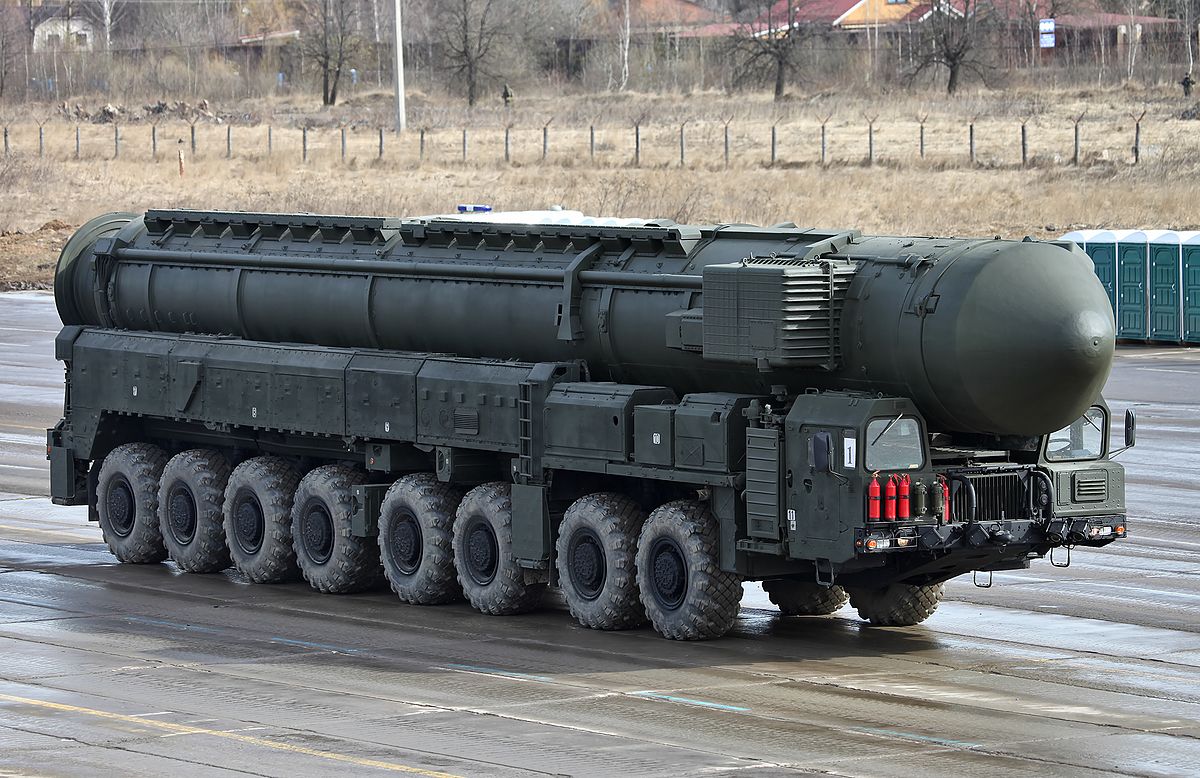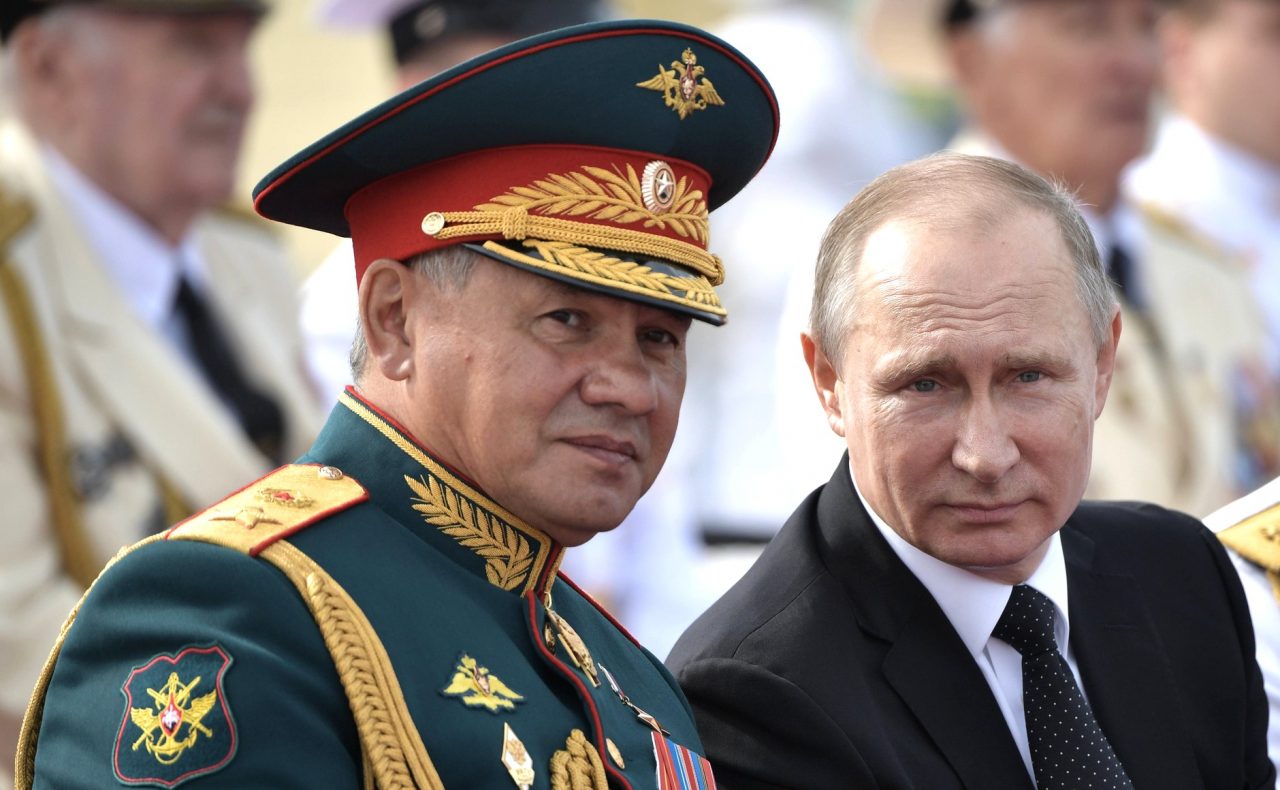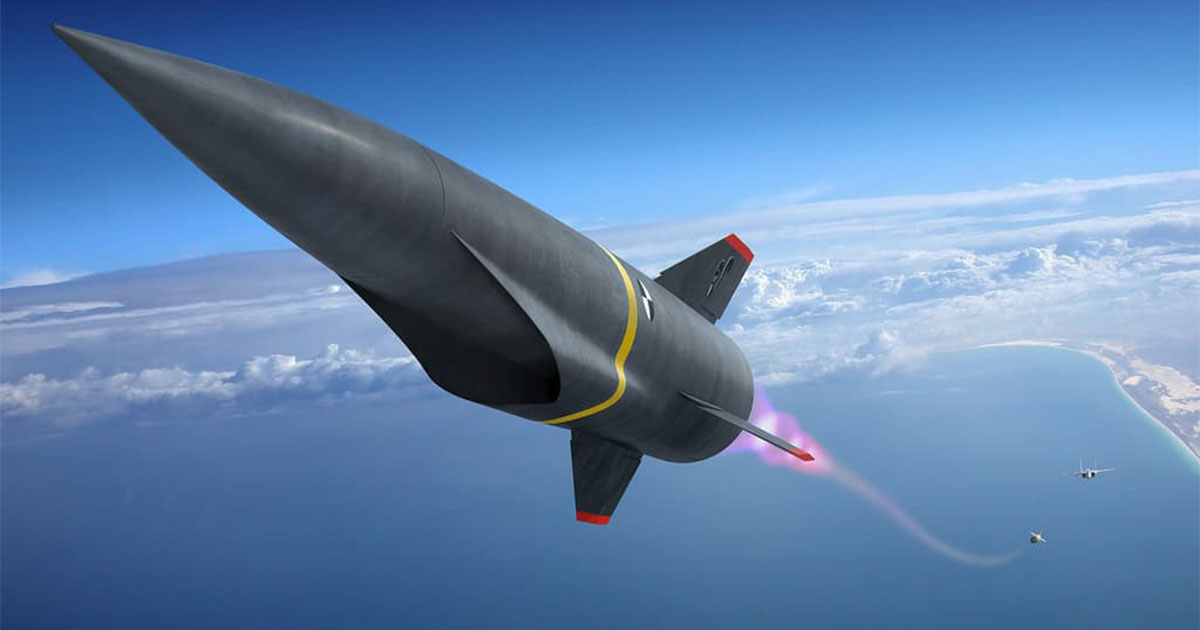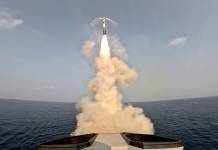Russia’s newest intercontinental ballistic missile (ICBM) Sarmat is unique and has no analogs, Col. Gen. Sergei Karakaev, Commander of Russia’s Strategic Missile Forces, said.
F-35 Under Attack? Did Russian S-300 Missile ‘Bring Down’ World’s Best Stealth Fighter Over Syria?
“It is necessary to talk about the ‘Sarmat’ complex as a unique one, which today has no analogs in the world. That’s the first thing. And second, this is a complex created by Russia’s military-industrial system that currently does not depend on anything, and in the future, its operation, maintenance, and modification will only be in our hands,” Karakaev told the Zvezda TV channel.
Earlier this month, Karakaev told Zvezda that Sarmat could fly over the North and South Poles and along other trajectories. It will be hardly possible to create means of intercepting Sarmat in the coming decades.
According to Karakaev, one of the reasons why Sarmat will be so hard to intercept is that, while being a liquid-propellant rocket, it accelerates almost as fast as missiles with lightweight solid rocket motors.
World’s Largest Meeting? 100,000 Chinese Officials Meet To Discuss A ‘Serious Issue’ Plaguing Beijing
“Due to the power-to-weight ratio of the new missile system, the trajectory has the ability to change. From our notorious trajectory through the North Pole, if necessary, it is possible to lay a trajectory through the South Pole, which, in principle, is not protected today. And there are also possibilities for other trajectories – in terms of the possibility of launching into outer space,” Karakaev told the Zvezda TV channel.

Russia will be testing Sarmat throughout this year and the military will start receiving the missiles in the fall of 2022, according to Dmitry Rogozin, the head of Russian state-run space agency Roscosmos.
Roscosmos plans to construct a total of 46 Sarmat missiles for the needs of the Russian military. According to the Russian Defense Ministry, Sarmat is capable of striking targets at long ranges using various flight trajectories and is guaranteed to overcome any existing and prospective missile defense systems.
The first test launch of the Sarmat missile was carried out on April 20. According to Deputy Commander of Russia’s Strategic Missile Forces Sergei Poroskun, Sarmat will be in service for 50 years.
Sarmat is a heavy missile system with an intercontinental liquid-propellant ballistic missile weighing over 200 tonnes. The system is intended to replace the Voevoda missiles (also known as Satan) in Russia’s strategic missile forces.
Sarmat is capable of hitting targets at long ranges and using various flight trajectories, which enables it to avoid all existing and prospective anti-missile defense systems, according to the ministry. Having the longest range of target engagement, Sarmat is also expected to reinforce the combat capabilities of the Russian strategic nuclear forces.

Sergey Shoigu
US Predicted Accurately
The United States is experiencing an urgent need to adequately test emerging hypersonic vehicle technologies in order to be able to compete with Russia and China, US Special Representative for Arms Control Marshall Billingslea had said during his congressional confirmation hearing in July of 2020.
Billingslea was selected to assume the position of Under Secretary of State for Arms Control and International Security.
“We have an urgent need to robustly test a number of emerging hypersonic vehicle technologies that are coming online both with the Army, the Navy and potentially the Air Force,” Billingslea told the US Senate Foreign Relations Committee.
Billingslea had said that the United States is behind China and Russia in testing and deploying hypersonic technologies, which are able to redefine conventional strike capabilities as well as ultimately nuclear deterrent forces.
“The Russians actually already deployed two hypersonic nuclear weapons on their ICBMs [intercontinental ballistic missiles]. I am expecting more to come as the Russians bring online an even larger ICBM called Sarmat,” he said.
Billingslea pointed out that hypersonic technologies offer a number of advantages, particularly in the Asia-Pacific region.
The Sarmat missile, set to replace the world’s heaviest strategic missile, Voyevoda, has a firing range of 18,000 kilometers and its launch mass totals 208.1 tonnes. The payload capacity of the missile amounts to over 10 tonnes. The missile is 35.5 meters (116.5 feet) long and has 3 meters in diameter, and its fuel load totals 178 tonnes.
There were also reports that Russia’s Sarmat heavy intercontinental ballistic missile could be able to carry next-generation hypersonic combat units in addition to the wide range of existing combat blocks.
“The new Sarmat heavy missile complex, created by the domestic cooperation of industry, will be the equal of its predecessor, and in many characteristics will significantly surpass it,” Karakaev had told the Krasnaya Zvezda newspaper in an interview.

Karakaev had stated that Sarmat missiles could be equipped with the newest hypersonic combat units. “For example, it is possible to install on Sarmat in addition to the existing types of combat units a wide number of promising ones, including next-generation hypersonic combat units,” he added.
Russia confirmed what it had announced way back in 2019. Karakaev confirmed recently that Sarmat ICBM will be used with several Avangard hypersonic glide vehicles.
“Concerning Sarmat, it is another missile system. It is based on a launcher, and it is much more powerful than Avangard’s launcher. It has also been designed for Avangard, taking into account that the number [of Avangards] on this system [Sarmat] could be more,” Karakaev told Russian broadcaster Rossiya 1.
He noted that the development of Avangard brings the age of hypersonic weapons. Karakaev added that no other country in the world except for Russia today has this sort of weapon on combat duty.
- Via Sputnik News Agency
- Follow EurAsian Times on Google News





